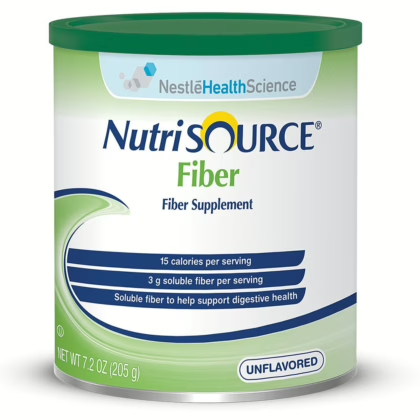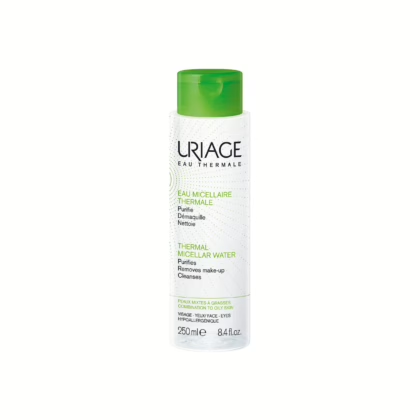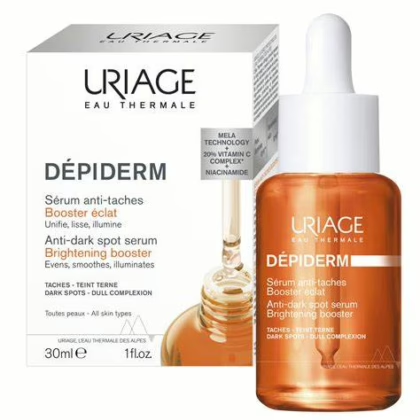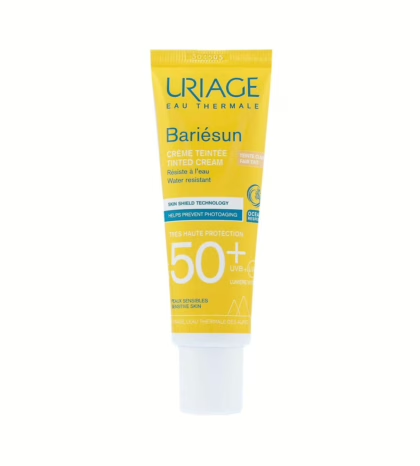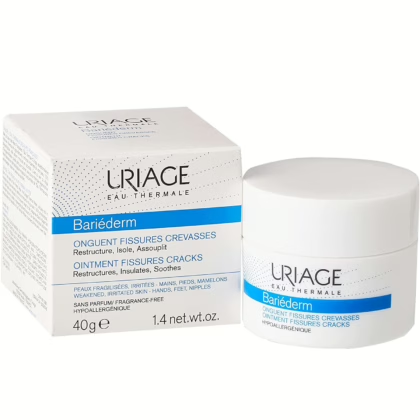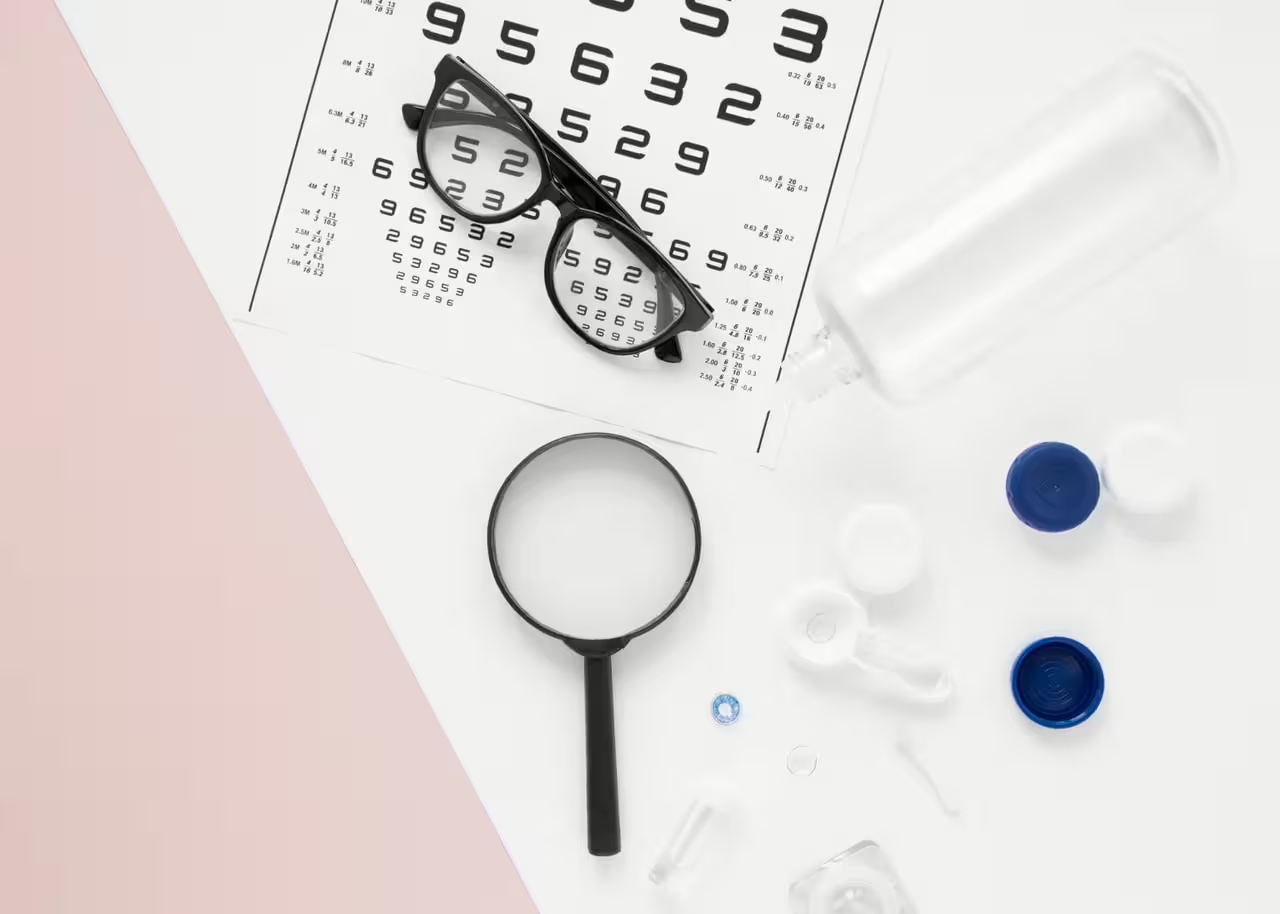
Our eyes are the windows to the world. They allow us to perceive colors, shapes, and details of the world around us. But the importance of our eyes goes far beyond our ability to see. Healthy eyes are crucial to maintaining our overall well-being and quality of life. Unfortunately, eye diseases and disorders are prevalent in the UAE, affecting people of all ages and backgrounds. It is essential to take care of our eyes and seek professional help at the earliest signs of any issues. In this blog post, we will discuss the most common eye diseases in the UAE and provide tips for maintaining healthy eyes. So, let’s dive in and learn how we can protect one of our most precious senses.
Several preventive measures that can help maintain healthy eyes and reduce the risk of eye diseases:
By following these preventative measures, you can help maintain healthy eyes and reduce the risk of eye diseases.
Eye diseases are becoming increasingly common in the UAE, and it is important to take preventive measures to avoid them. Regular eye exams and a healthy lifestyle can help prevent eye diseases and maintain good eye health. If you experience any symptoms of eye disease, it is essential to seek medical attention promptly to prevent vision loss or blindness.


